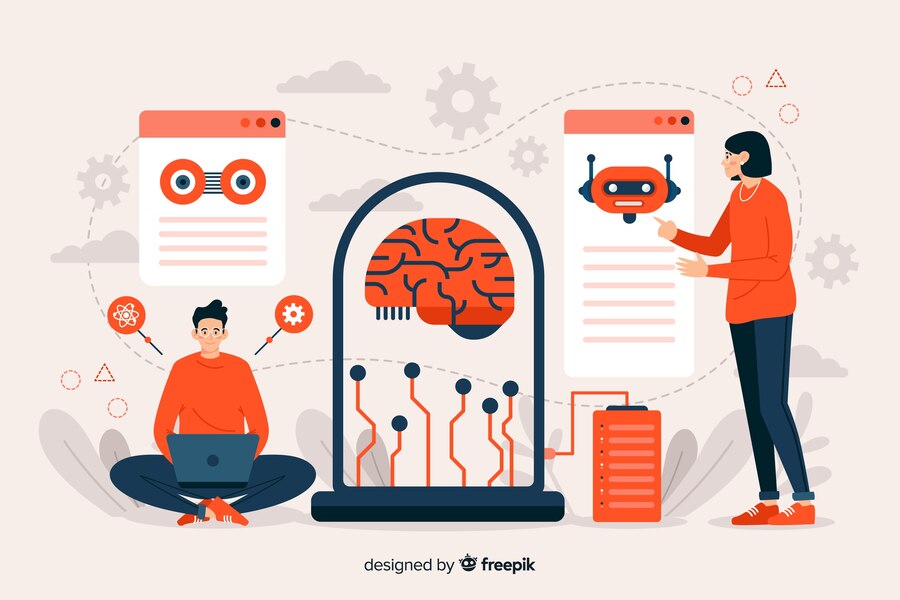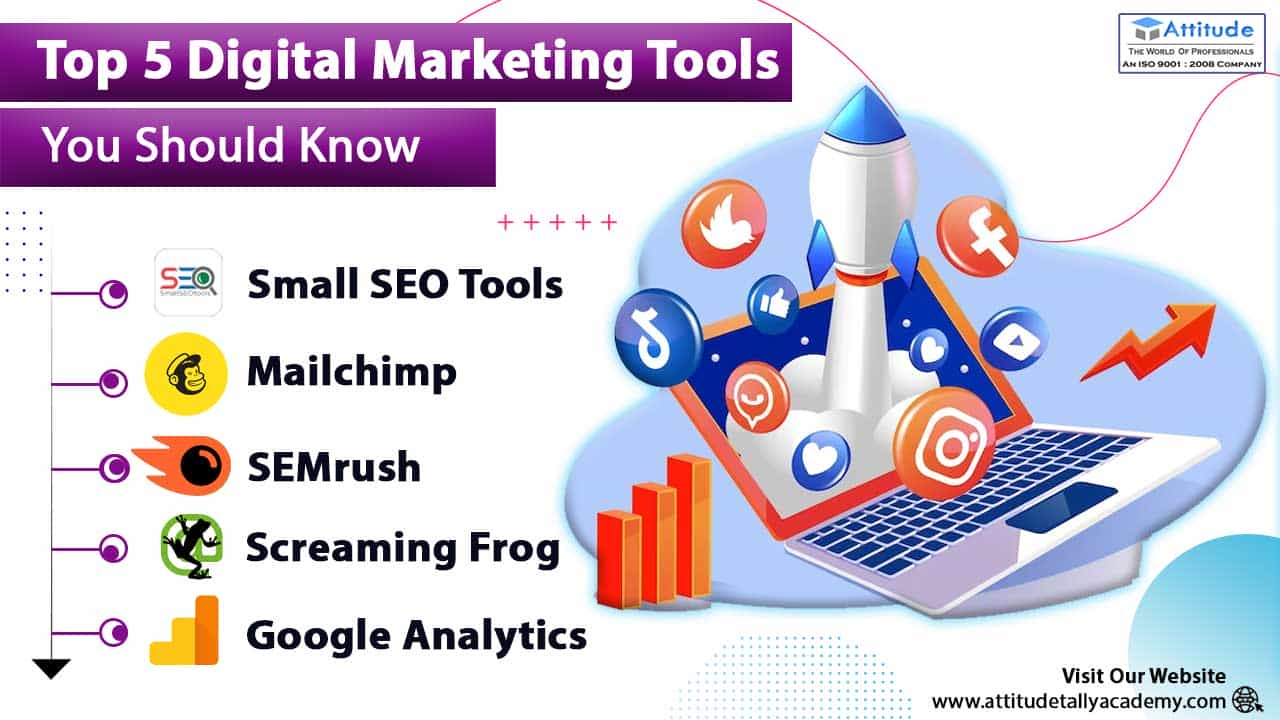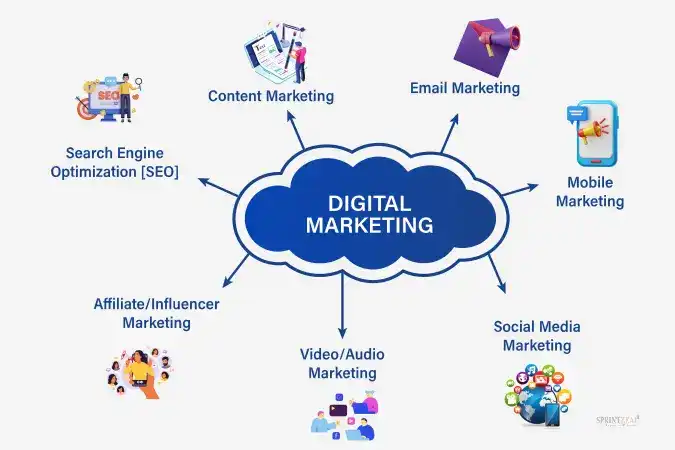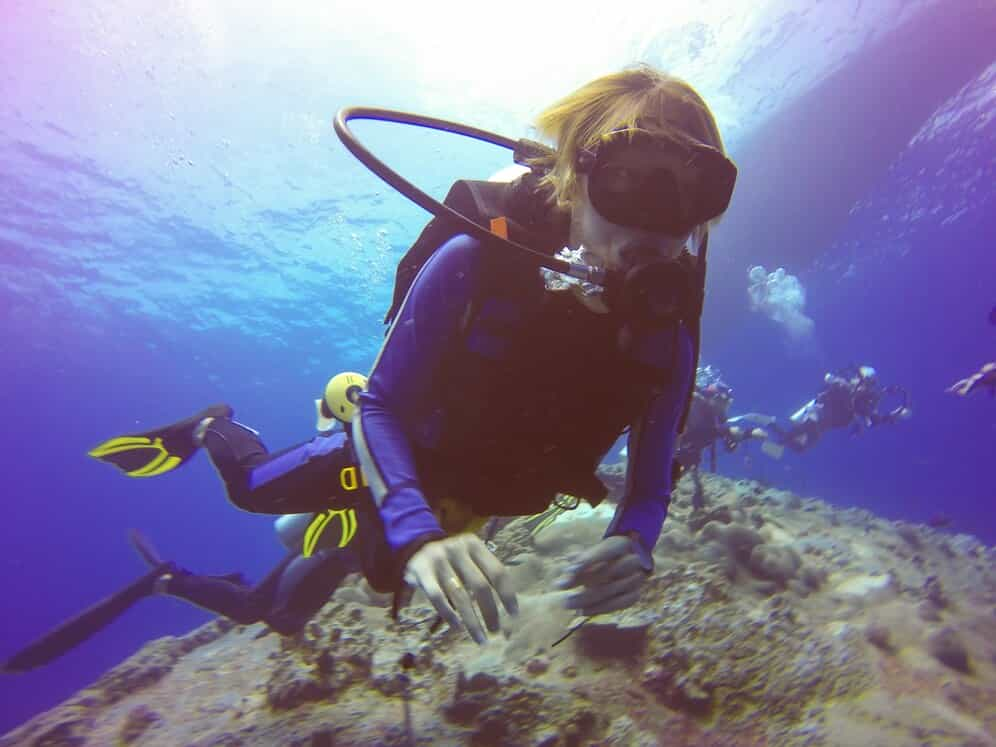The Power of NLP for Sentiment Analysis: A Complete Guide
Mia Anderson

Photo: The Power of NLP for Sentiment Analysis: A Complete Guide
The Power of NLP for Sentiment Analysis: Unlocking Customer Insights
Natural Language Processing (NLP) has become an indispensable tool for businesses seeking to unlock the power of sentiment analysis. By leveraging advanced NLP techniques, organizations can now delve into the realm of human emotions and opinions, gaining valuable insights that were once difficult to access. This article explores the world of NLP and its applications in sentiment analysis, providing a comprehensive guide to help businesses understand and utilize this powerful tool.
Understanding Sentiment Analysis
Sentiment analysis is the process of determining the emotional tone and attitude expressed in a piece of text. It involves classifying sentiments as positive, negative, or neutral, and understanding the intensity of these emotions. With the vast amount of text data available today, from social media posts to customer reviews, sentiment analysis has become a crucial tool for businesses to listen to their customers and make data-driven decisions.
The Role of NLP in Sentiment Analysis
NLP is a branch of artificial intelligence that focuses on the interaction between computers and human language. It involves the development of algorithms, models, and tools that enable machines to understand, interpret, and generate human language. In the context of sentiment analysis, NLP techniques are employed to analyze text data and identify the sentiment expressed by the writer or speaker.
One of the key challenges in sentiment analysis is dealing with the ambiguity and complexity of human language. People often use sarcasm, irony, or figurative language, which can make it difficult for machines to interpret the underlying sentiment accurately. This is where NLP techniques come into play, employing a range of linguistic and statistical methods to overcome these challenges.
NLP Techniques for Sentiment Analysis
There are several NLP techniques commonly used for sentiment analysis, including:
- Lexical Analysis: This involves analyzing the words and phrases in the text, identifying those that carry sentiment, such as adjectives and adverbs. The frequency and context of these words are considered to determine the overall sentiment.
- Syntax and Semantic Analysis: Syntax refers to the structure of sentences, while semantics focuses on the meaning. By understanding the relationship between words and the context in which they are used, NLP models can interpret the sentiment more accurately.
- Machine Learning (ML) Models: ML algorithms are trained on large labeled datasets to recognize patterns and associations between words and sentiments. These models can learn and adapt, improving their accuracy over time. Common ML techniques include Support Vector Machines, Naive Bayes, and Deep Learning models.
- Sentiment Dictionaries: Sentiment dictionaries, or sentiment lexicons, are pre-defined lists of words or phrases labeled with their respective sentiments. These dictionaries are often used in conjunction with other techniques to provide a baseline for sentiment analysis.
- Polarity Classification: This technique categorizes text into sentiment groups, such as positive, negative, and neutral. Advanced models can also identify the intensity of sentiments, classifying them as extremely positive, positive, neutral, negative, or extremely negative.
Real-World Applications of NLP in Sentiment Analysis
NLP has a wide range of applications across industries, and its use goes beyond simple sentiment analysis. Here are some examples:
- Customer Feedback Analysis: Businesses can analyze customer reviews and social media posts to gain insights into customer satisfaction. For instance, a hotel chain might use NLP to analyze reviews, identifying areas for improvement and recognizing trends in customer preferences.
- Social Media Monitoring: Brands can use NLP to monitor social media conversations related to their products or services. This enables them to detect potential issues, identify influencers, and understand public perception, allowing for more effective marketing and PR strategies.
- Employee Engagement: Sentiment analysis can be applied internally to measure employee satisfaction and engagement. By analyzing surveys and internal communications, organizations can identify factors that impact employee morale and performance, enabling them to create a more positive work environment.
- Financial Sentiment Analysis: In the financial sector, sentiment analysis can be used to analyze news articles, earnings calls, and social media to predict market trends and make investment decisions.
- Healthcare: NLP can be utilized to analyze patient feedback and identify areas for improvement in healthcare services. It can also assist in processing medical records and identifying patients at risk for certain conditions.
Benefits and Challenges of NLP in Sentiment Analysis
The use of NLP in sentiment analysis offers several advantages, including improved accuracy, speed, and scalability. NLP models can process vast amounts of text data quickly and efficiently, providing valuable insights that would be time-consuming and challenging for humans to identify manually.
However, there are also challenges to be aware of. One of the main challenges is the potential for bias and misinterpretation. NLP models are only as good as the data they are trained on, and if the training data is biased or incomplete, the model's output may be inaccurate or misleading.
Another challenge is the dynamic nature of language. Slang, new words, and changing meanings can impact the accuracy of sentiment analysis models. Staying up-to-date with linguistic trends and continuously training and adapting models are essential to overcome this challenge.
Best Practices for Implementing NLP in Sentiment Analysis
When implementing NLP for sentiment analysis, there are several best practices to consider:
- Define Clear Objectives: Start by understanding your goals. Are you aiming to analyze customer feedback, monitor social media, or gain insights into a specific aspect of your business? Clear objectives will guide the choice of NLP techniques and ensure the effectiveness of your analysis.
- Choose the Right Tools: Select NLP tools and platforms that align with your objectives and data sources. Consider the specific features and capabilities offered, such as language support, customizability, and integration options.
- Ensure Data Quality: The quality of your data directly impacts the accuracy of your sentiment analysis. Ensure that you have a sufficient volume of relevant, representative data. Preprocess the data to handle typos, punctuation, and formatting inconsistencies.
- Train and Test Models: If you're using ML models, ensure you train and test them thoroughly. Use diverse datasets to train the models and continuously evaluate their performance, making improvements as necessary.
- Interpret Results with Caution: NLP models can provide valuable insights, but it's important to interpret the results in context. Consider the limitations of the model, potential biases, and the dynamic nature of language to avoid drawing incorrect conclusions.
Conclusion
NLP techniques have revolutionized sentiment analysis, providing businesses and organizations with a powerful tool to understand customer feedback and public opinion. By leveraging NLP, companies can make data-driven decisions, improve customer satisfaction, and stay ahead of the competition. As language continues to evolve and shape our interactions, the applications of NLP in sentiment analysis will only become more sophisticated and valuable.
I hope this article has provided a comprehensive guide to the power of NLP for sentiment analysis. The use of NLP techniques offers immense potential for businesses to unlock valuable customer insights and make strategic decisions. As with any tool, understanding its capabilities and limitations is key to successful implementation.
By following the best practices outlined and continuously refining your NLP approaches, your organization can stay at the forefront of customer understanding and market trends.
Marketing
View All
January 20, 2025
5 Best Digital Marketing Tools for GrowthUncover the top 5 digital marketing tools every marketer needs. Boost efficiency, drive results, and streamline your campaigns now!
Mia Anderson

January 19, 2025
How to Master Digital Marketing BasicsLearn the essentials of digital marketing in this beginner-friendly guide. Kickstart your journey with step-by-step strategies. Start mastering today!
Mia Anderson

January 22, 2025
The Future of Digital Marketing RevealedExplore where digital marketing is headed in the next decade. From AI to VR, see what’s shaping the future of online marketing. Don’t get left behind!
Mia Anderson
Entertainment
View AllExplore the ultimate guide to 2024 film festivals. Discover top events, trends, and tips for filmmakers and attendees. Click to learn more now!
Mia Anderson
Discover the latest viral marketing strategies that can catapult your brand to success in 2024. Learn proven tips to create buzz and engage your audience. Start now!
Mia Anderson
Discover the fascinating history of superhero movies, from early adaptations to modern blockbusters. Uncover surprising facts and insights click to explore!
Mia Anderson
Unlock the secrets to an unforgettable movie trivia night with our ultimate guide. Get tips, trivia questions, and game ideas to boost your event's fun!
Mia Anderson
Automotive
View AllDiscover the latest trends in electric vehicle adoption in China. What factors are driving this rapid growth?
Read MoreExplore what drives consumer interest in EVs. Discover key insights into attitudes, barriers, and 2024’s hottest EV trends.
Read MoreNew to the dealership world? This Dealer Daily guide offers essential tips to kickstart your career. Take control of success!
Read MorePolular🔥
View All
1
2
3
4
5
6
7
8
9
10
Technology
View All
September 18, 2024
Exploring Future AI: Key Trends and Innovations for 2024
Discover the latest trends and breakthroughs in AI for 2024. Explore future innovations and their impact on technology. Read now to stay ahead!

December 12, 2024
The 7 Best Budget Laptops for Students in 2024
Find the perfect laptop for students without breaking the bank! Click to explore affordable options and choose the best fit.

August 10, 2024
The Future Unveiled: Exploring the Top AR Apps of 2024
Check out our selection of the top augmented reality applications for 2024! We've selected the best applications that highlight the fascinating potential of augmented reality, ranging from gaming to astronomy.
Tips & Trick






















